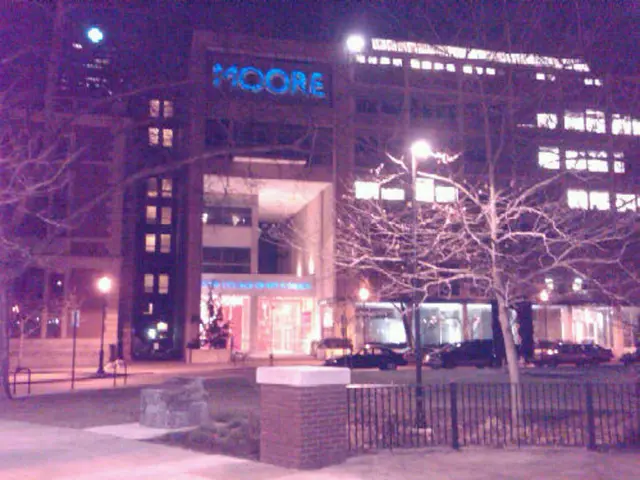Lunar Atmosphere: Why It Varies Significantly From Earth's
The moon's atmosphere, though present, poses significant challenges for human habitation and a potential lunar colony. Unlike Earth's rich and diverse atmosphere, the moon's exosphere is an almost nonexistent surface-bound layer, consisting mainly of helium, neon, argon, sodium, potassium, and hydrogen.
This incredibly thin atmosphere, about 100 trillion times thinner than Earth's, is so sparse that gas particles seldom interact. Moreover, the lunar particles are more likely to be struck by charged solar particles and propelled into space than to collide with each other.
The chemical makeup of the moon's exosphere also sets it apart from Earth's. While both contain familiar gases like oxygen, carbon dioxide, and nitrogen, the proportions and origins are different on the moon. Additionally, radioactive isotopes like argon-40, radon, and polonium have been detected in the moon's atmosphere, substances that would be harmful if inhaled.
The unique characteristics of the Moon's atmosphere, in terms of density, chemical composition, and the lack of a magnetosphere, have significant implications for a lunar colony. Harvesting the meager air available on the moon would be impractical, and a lunar colony would require advanced technology and artificial habitats with regulated atmospheres, oxygen generation, and pressure control.
Moreover, without a substantial atmosphere or magnetic field, colonists on the moon would be exposed to high levels of cosmic radiation and extreme temperature variations. Protective shielding and environmental control systems would be essential for habitation.
Though water ice has been discovered in permanently shadowed craters and gases could potentially be extracted from the regolith, these resources would also necessitate advanced technology for extraction and utilization. On the moon, fine dust from the surface can remain airborne or adhere to equipment for extended periods, posing challenges for machinery and human health.
In contrast, Earth's atmosphere is thick, multilayered, and protective. It is dense enough to provide significant pressure at the surface, shield from harmful radiation, and stabilize surface temperatures. Earth's atmosphere supports a wide range of life forms, maintains a stable climate, and provides breathable oxygen.
In summary, the differences between Earth's and the Moon's atmospheres are profound. Earth's atmosphere, rich in gases and protections, allows for life-sustaining conditions, while the moon's atmosphere, a mere collection of trace gases, necessitates advanced technology for any sustained human presence or lunar colony.
Study of the lunar atmosphere reveals significant differences compared to Earth's, impacting potential health-and-wellness concerns for a future lunar colony. The weather on the moon, due to its minimal atmosphere, is highly influenced by space-and-astronomy factors such as solar radiation, temperature variations, and micro-meteoroid impacts.
Advancements in science will be crucial for addressing these environmental challenges, as a lunar colony would require self-sustaining systems for air, oxygen generation, and pressure control, in addition to protective shielding against cosmic radiation.








